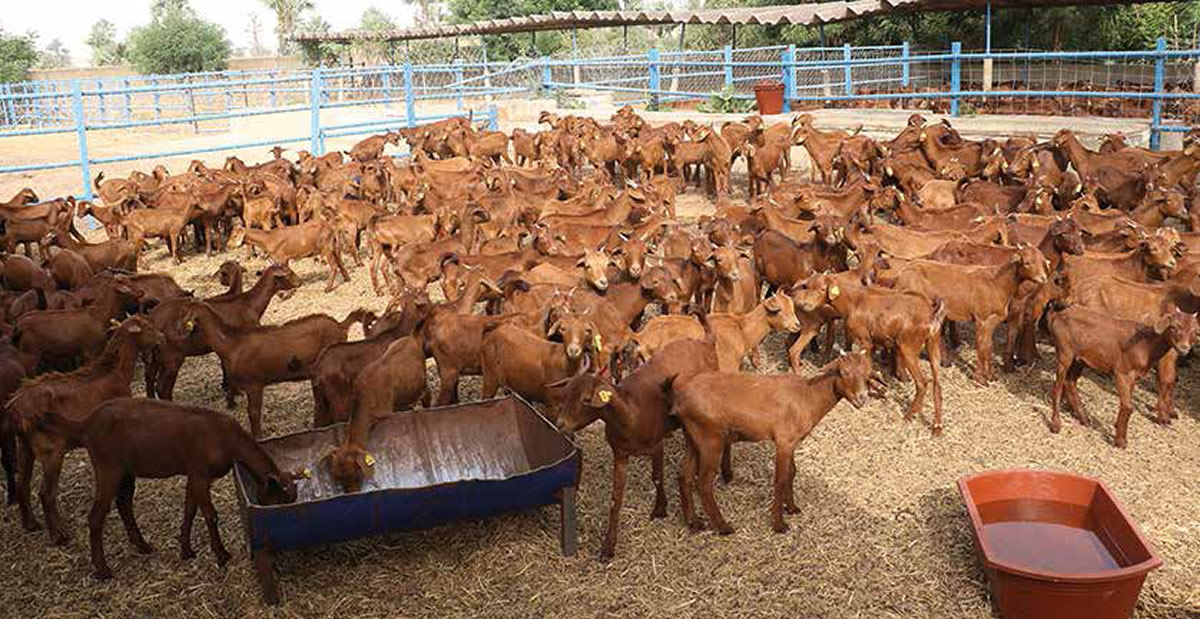In West Africa, the red goat of Maradi is improving the lives of family farmers, stimulating local economies, and making better nutrition more accessible. These indigenous livestock species are well-suited for West Africa, with a wealth of genetic diversity that makes them more adaptable to a changing climate. With assistance from the West and Central African Council for Agricultural Research (CORAF), these breeds are becoming easier and more profitable to raise.
The Red Goat of Maradi is found in central Niger and is economically important in rural households for its milk and skins. A typical litter is two to three kids, and they reach reproductive age at six to seven months, with two litters a year. Each female goat can produce 0.6 liters of milk per day for three to four months after each litter.
Its milk is rich in Vitamin A and in rural Niger it is known for saving maternal orphans. The meat is a good source of protein, and the skins are used in internationally-praised luxury leather goods.
Maradi in Côte d’Ivoire, Burkina Faso, and Mali
The Centre Secondaire d’Elevage Caprins (Secondary Center for Goat Breeding) in Niger was established in 1963 to conserve, improve, and disseminate the red goat, as well as teach adaptive livestock techniques to farmers. Through this breeding program, the red goat is now present in many parts of Niger. The WAAPP has further distributed red goats to Côte d’Ivoire, Burkina Faso, and Mali to improve local economies and provide additional nutrition.
 English
English
 Français
Français 
